it's unavoidable associate Gaudí with Barcelona, but the artist moved a lot, often after patron who helped materialize his work. And in La Pobla de Lillet he landed precisely for this reason.
To get to Pobla de Lillet you have to get carried away by the sweet fragrance of the pine forests that surround the capricious Sierra de Catllaràs, timidly brushing the border with neighboring Girona. This is where it slides the Llobregat river, that flirts with those beautiful houses with wooden windows that characterize this region so much and that when it rains give off that hypnotizing musty smell.
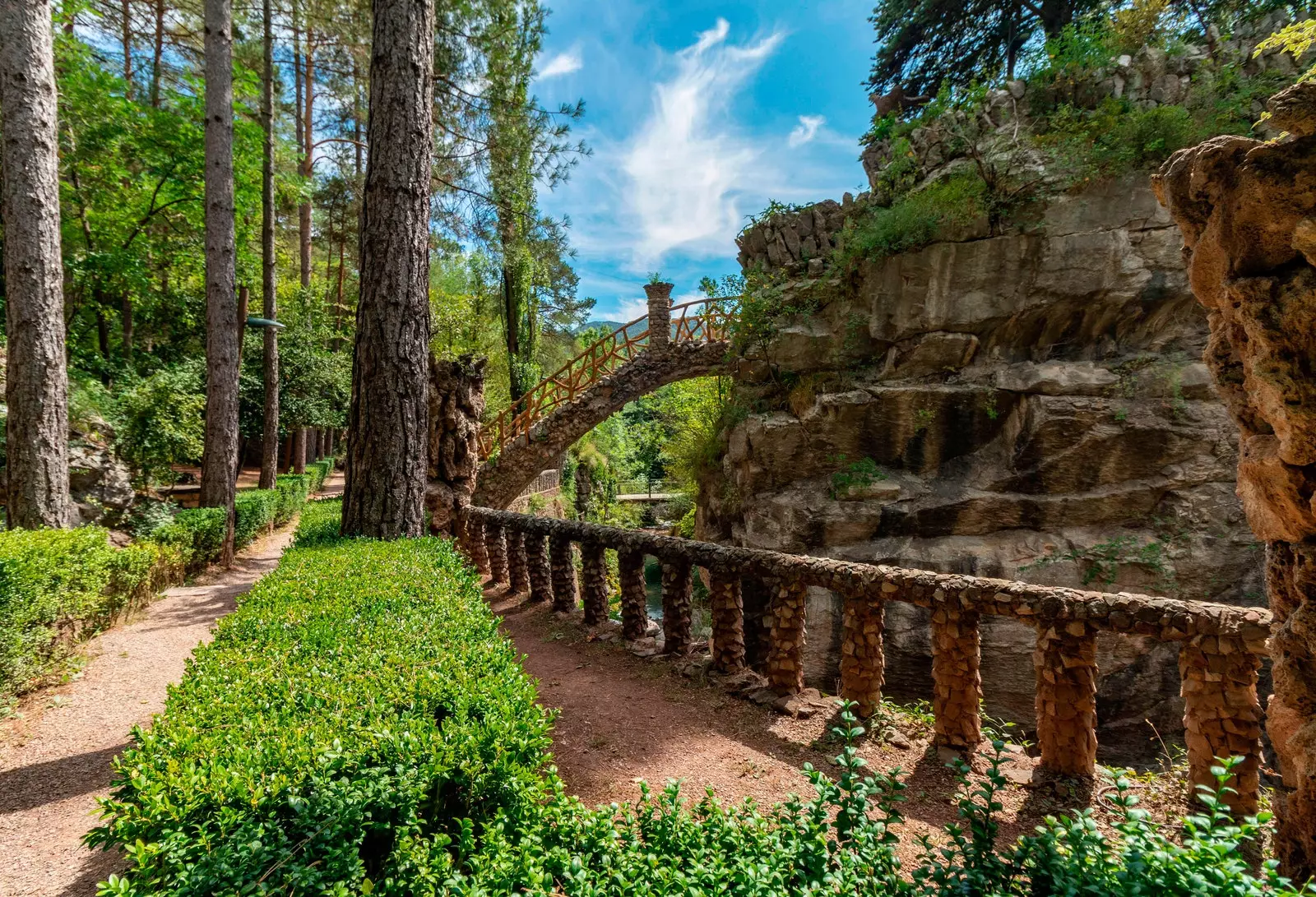
The Town of Lillet.
The Llobregat can be crossed by four bridges, meeting point for travelers and lovers looking for the stamp that immortalizes the moment. Its ancient stone tells a lot of history, especially that of the Pont Vell, the oldest, reminiscent of a 12th-century Romanesque style that, according to parishioners, once served as Playground. Because in another time the Llobregat river had very crystal clear waters, much more than now.
A VILLAGE DIVIDED BY TWO RIVERS
La Pobla de Lillet was once a mediaeval village of some importance. In fact, it had a fortress castle of which only one façade remains, which today is a adults only rural with spa, perfect option if the getaway is without children. Also on the outskirts of town there is a rural house, which is another option, to which you have to call ahead since there is not always a hole.
The intersection of the Llobregat and Arija rivers divides the town into four historic neighborhoods of steep cobbled streets. The neighborhoods of La Villa and La Plana are The oldest and the first ones that you have to go through if you start from the old castle, because this is where the church is, a temple 18th century baroque and the old rectory where the clergyman lived. The path becomes easy as there are signs everywhere and many water sources to cool off and take pictures.
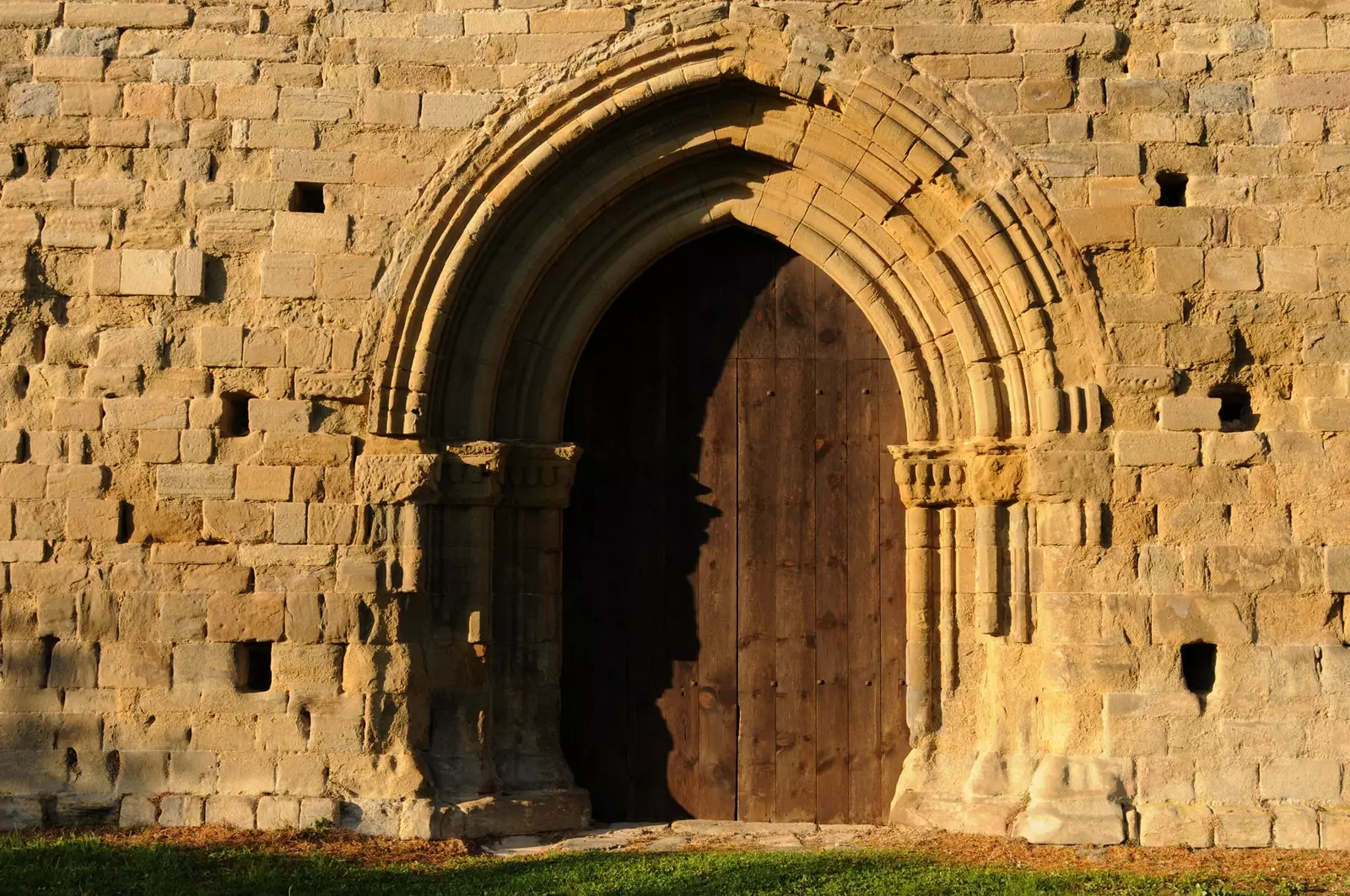
Monastery of Santa-María, La Pobla de Lillet.
the medieval spirit has not been lost in this lost corner of Catalonia, even if we walk around the surroundings of the town until we find the Monastery of Santa Maria de Lillet. We return to admire the sobriety of a Romanesque temple of the XII century which underwent different restorations (in fact the cover is gothic) and that today is a styles showcase from Romanesque to Baroque.
And in front of the church is the curious chapel of San Miguel, circular and without windows. It is one of the very few copies that exist. 11th century with these characteristics and is found here, in Pobla de Lillet, surrounded by a green and fresh nature that invites total disconnection.
From here we can choose to do one of the many hiking trails through the Sierra de Catllaràs, a protected natural area where, under pines and beech trees, live species such as deer and capercaillie. Of course, there are areas on some of these routes that are not easily accessible so it is advisable to go prepared if you want to go on an adventure.
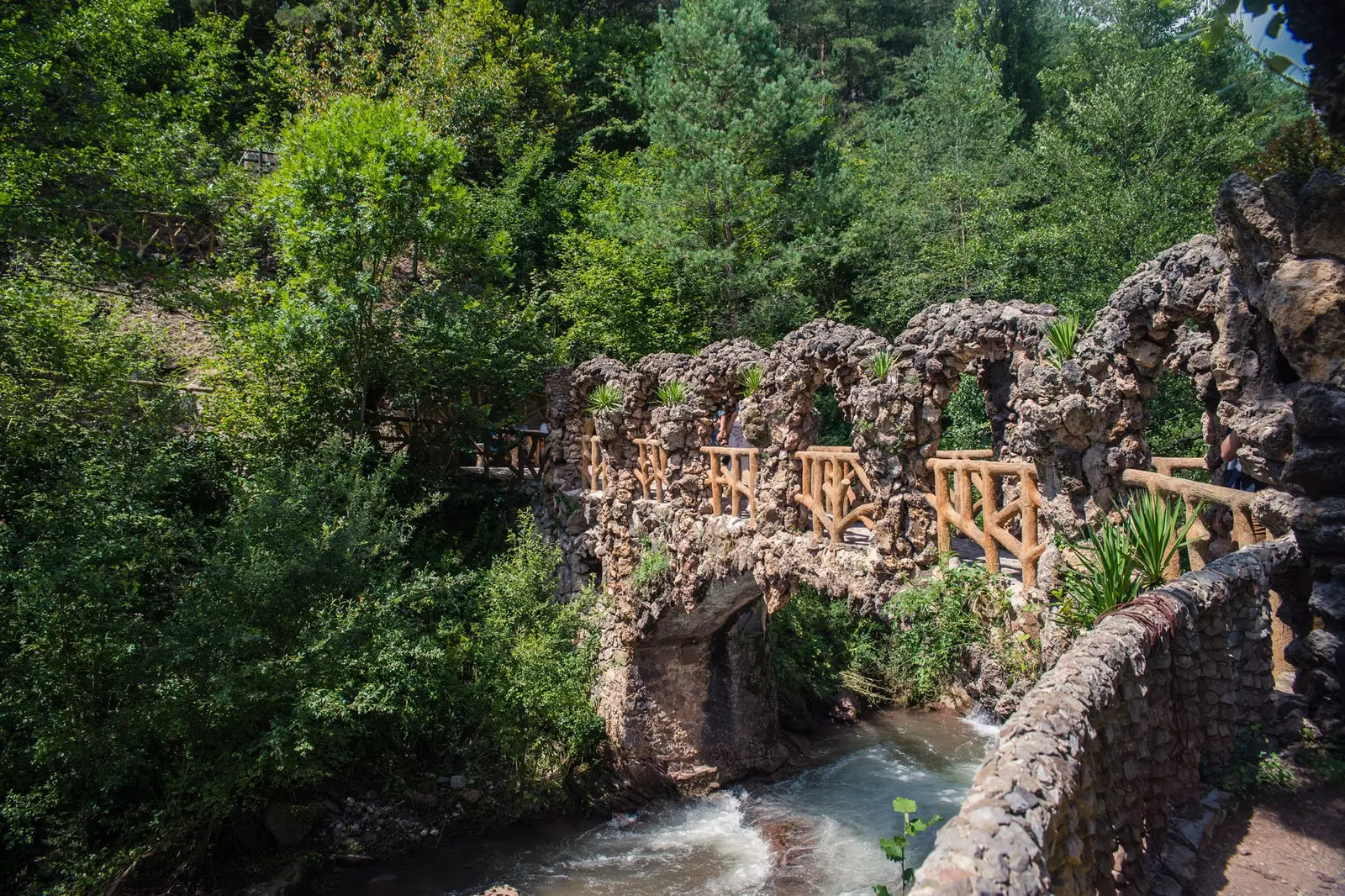
Jardins Artigas, by Gaudí, in La Pobla de Lillet.
THE FOOTPRINT OF GAUDÍ
The Universal Exhibition in Paris of 1878 it would be the place where Eusebio Güell would meet Gaudí, right in the same place where eleven years later he would stand the Eiffel Tower. The friendship that grew between the politician and the architect became so great that many of Gaudí's works would bear the name of his friend. Güell is a well-known character in La Pobla de Lillet (in fact he has his own monument) as it was the engine of the town's economy.
At the beginning of the last century, more specifically in 1905, Gaudí responded to Güell's call to build a mountain refuge for engineers from the coal mines of the Sierra de Catllaràs. Gaudí came up with the idea of designing a multi-storey villa shaped like a pointed arch and windows that protected from snowfall. The taste for geometry led Gaudí to design this genius that today is a Catalan heritage privilege a must see. Although it is currently abandoned.
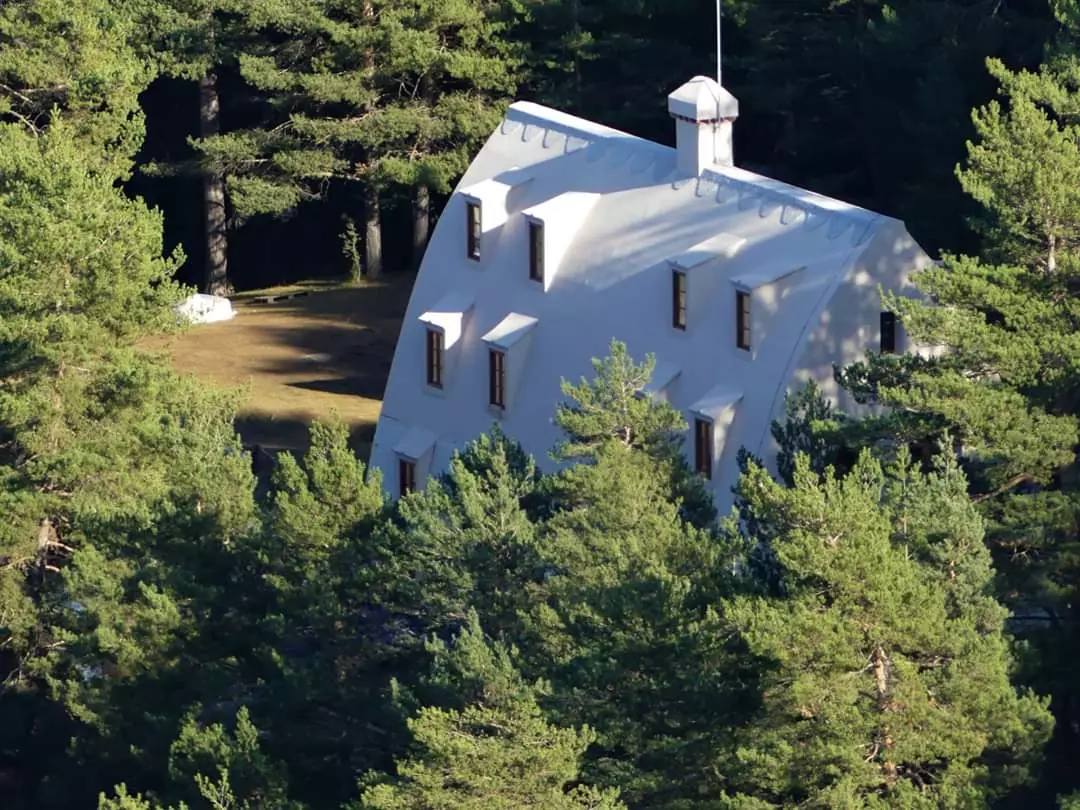
Xalet del Catllaràs, designed by Gaudí in 1902, La Pobla de Lillet.
During the time he was devising the chalet, Gaudí stayed at the Artigas family house, coming and going to the city of Barcelona while he was working on the Park Güell project. Such was his gratitude towards the family that hosted him that he decided redesign the garden, which is what we can enjoy today. artigas garden bears certain similarities with Park Güell, but this first one has a peculiarity: it is the unique wet garden designed by Gaudi.
The Llobregat river bursts through the rock, splashing the path of an almost jungle green which in its day seemed to become impassable. And Gaudí turned it into a walk, taking advantage of the natural springs of the river and transforming them into fountains, playing with light and inventing a grotto where you can enjoy the falling of the water and the trill of the birds. He also took advantage of indigenous stone to dress the bridge with curved arches that so characterize his work.
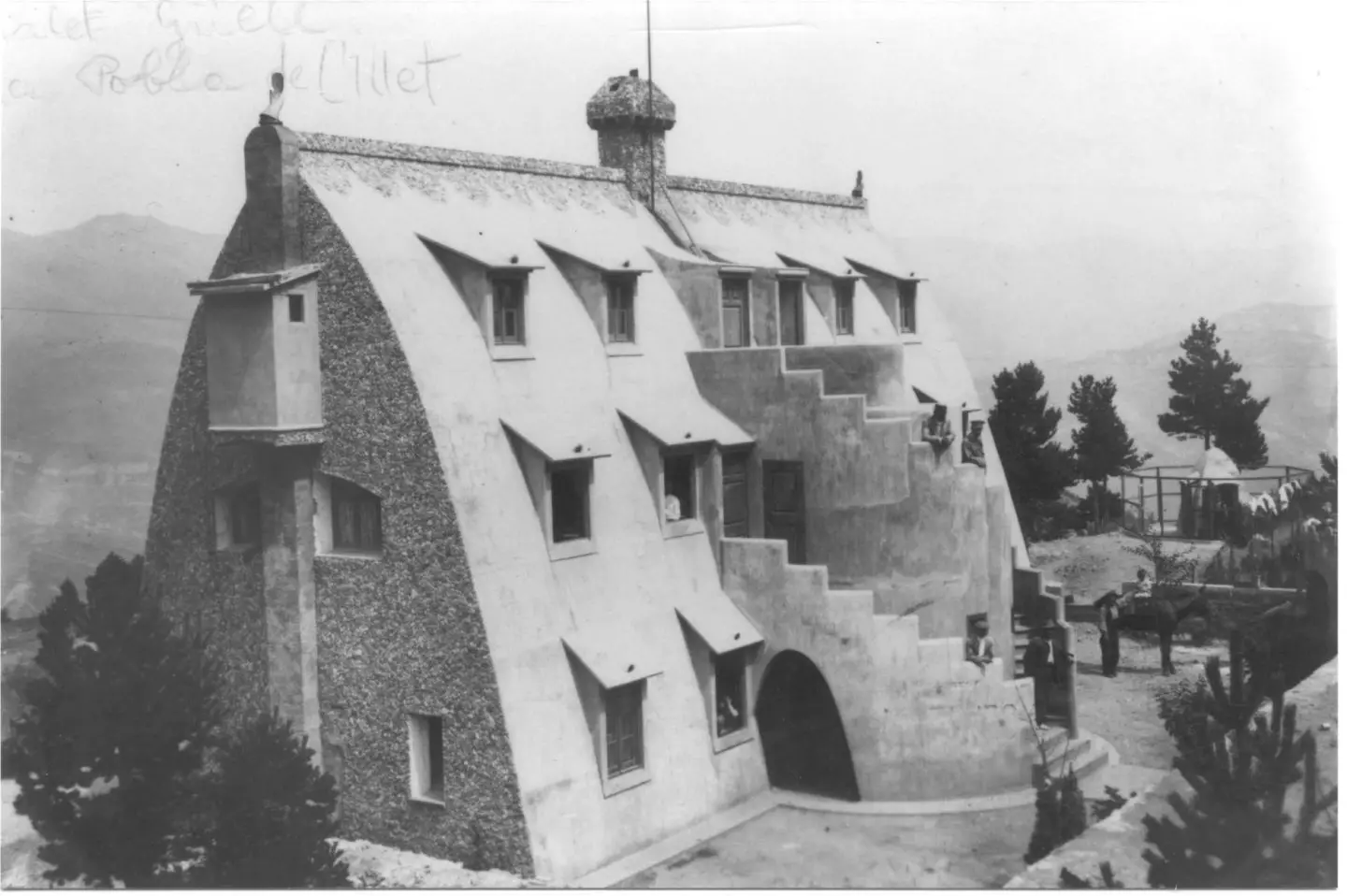
Old photograph of the Xalet del Catllaràs, La Pobla de Lillet.
It is impossible to stop taking photos while listening to the crash of the water in the fountains between geometric and floral shapes. Because Gaudí has the ability in his work to make you feel that you have traveled to another planet.
And this feeling is accentuated when you reach the highest end, where a terrace known as “La Glorieta”. This is where a hedonistic Gaudí and capricious he opted for the contemplation of the most vertiginous nature; a watcher to observe life from a place where no one can see you.
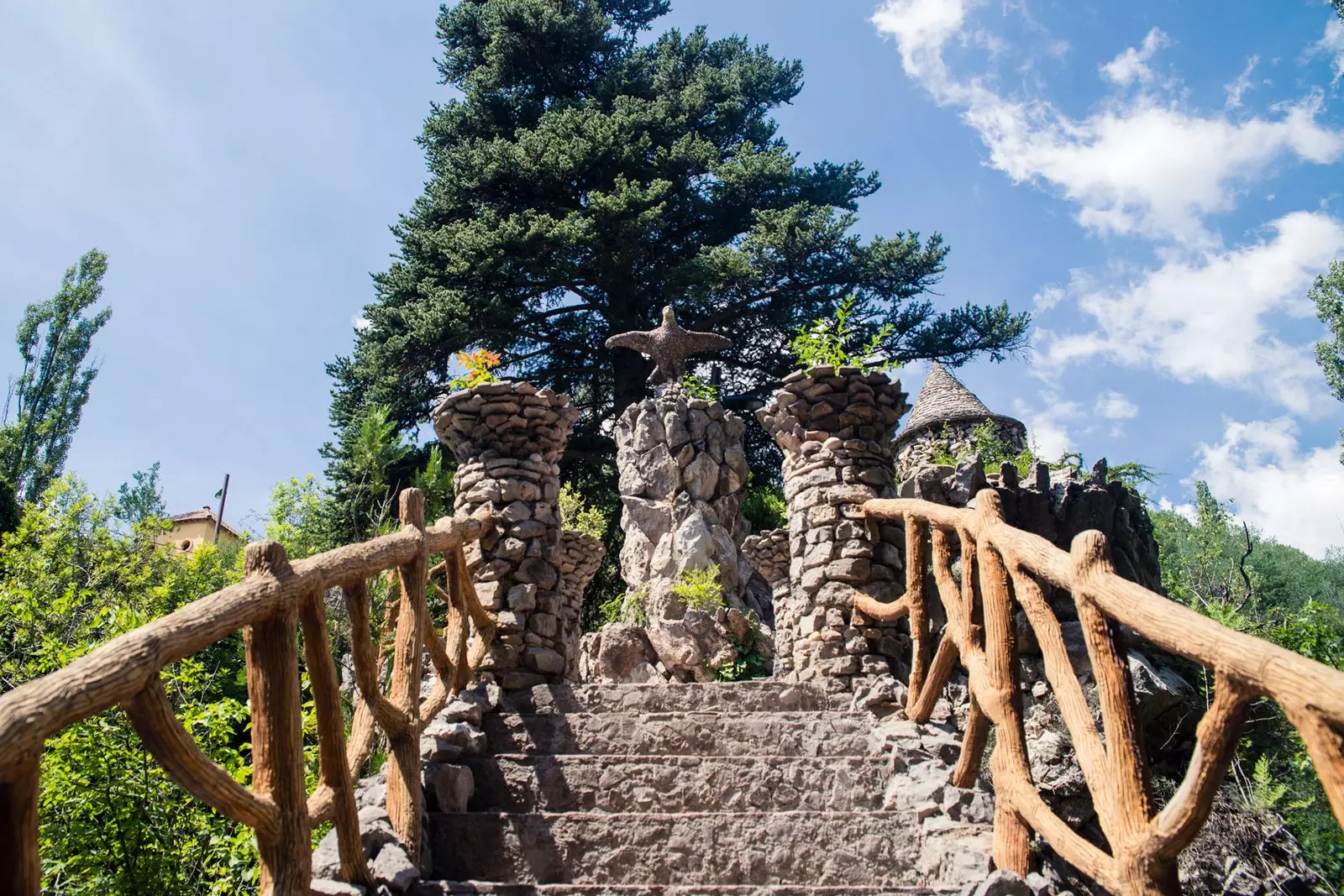
Jardins Artigas, Gaudí, La Pobla de Lillet.
PLUS…
After Holy Week a very curious festivity is celebrated called the "Dance of Falgars". It is a medieval custom based on a curious dance in which they present themselves to the maidens and heiresses to singles. There is evidence of this celebration for more than half a century.
An essential excursion is near La Pobla de Lillet, in the sources of the Llobregat. They are close to Castle of Nuch and they are quite a spectacle, because with what it has rained the waterfalls are at this moment of film. Here the river is born and to get there there are a couple of hiking trails that lead to the place.
true to his style, in the gardens of Artigas you can find many of the elements that are not lacking in the work of Gaudí, among them the four evangelists, represented in each of its sources by an animal. They are also meat Instagram.
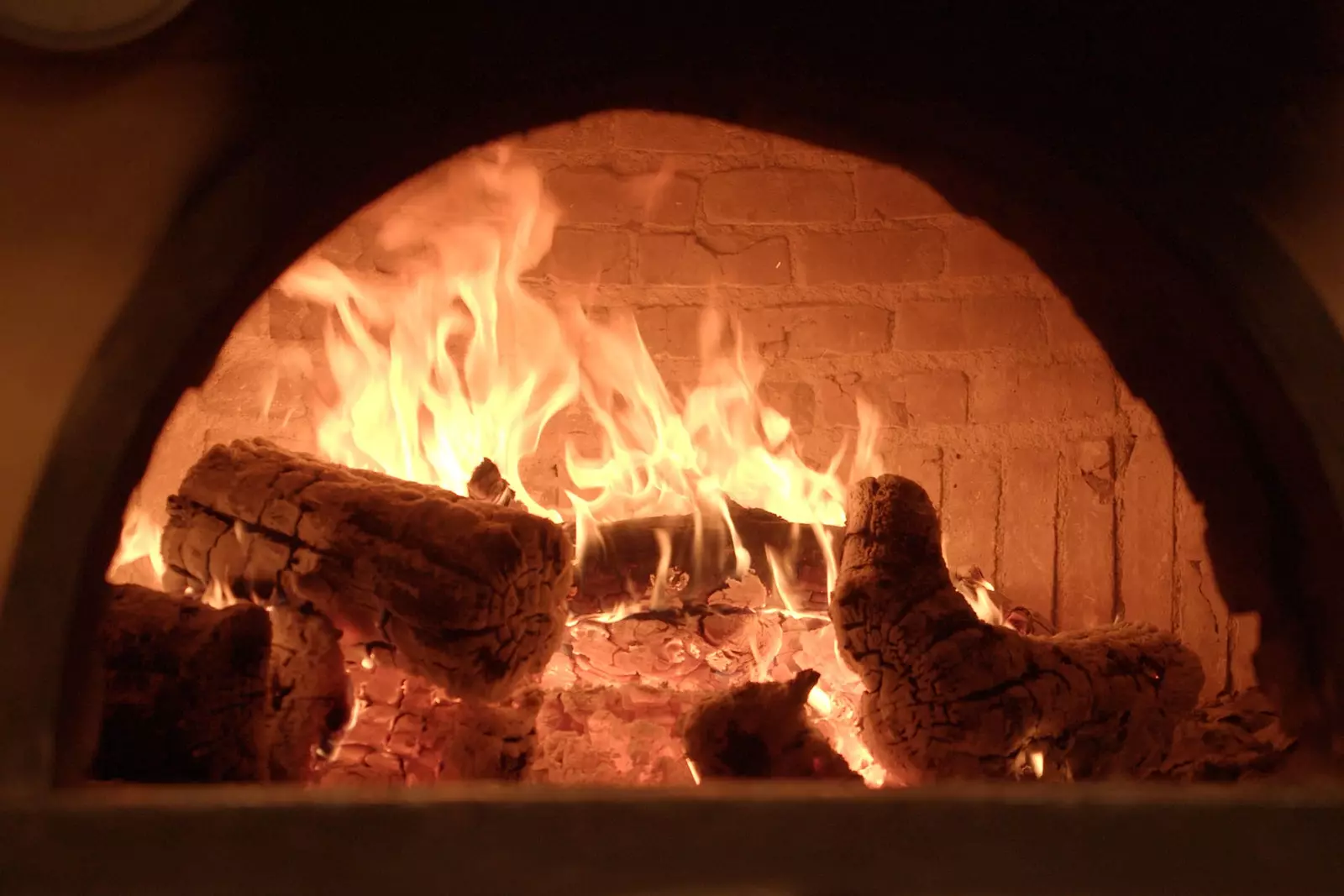
Wood oven in El Verger, La Pobla de Lillet.
The Cement Train It was a small railway line of about 11 kilometers that linked the old cement factory to the supplies. Nowadays is a tourist attraction that runs through the town and reaches the famous Gaudí gardens. Resume your activity next April 9.
Very close to the town hall is The Verge (Verger, 17) a very good bet if what you are looking for is a gastronomic tribute after so much monument. Proximity and seasonal product with a nod to the cuisines of the world. A botifarra, an artichoke or a cod with honey is not missing. Homemade desserts and local wine, can you ask for more? Well, yes, they take reservations.
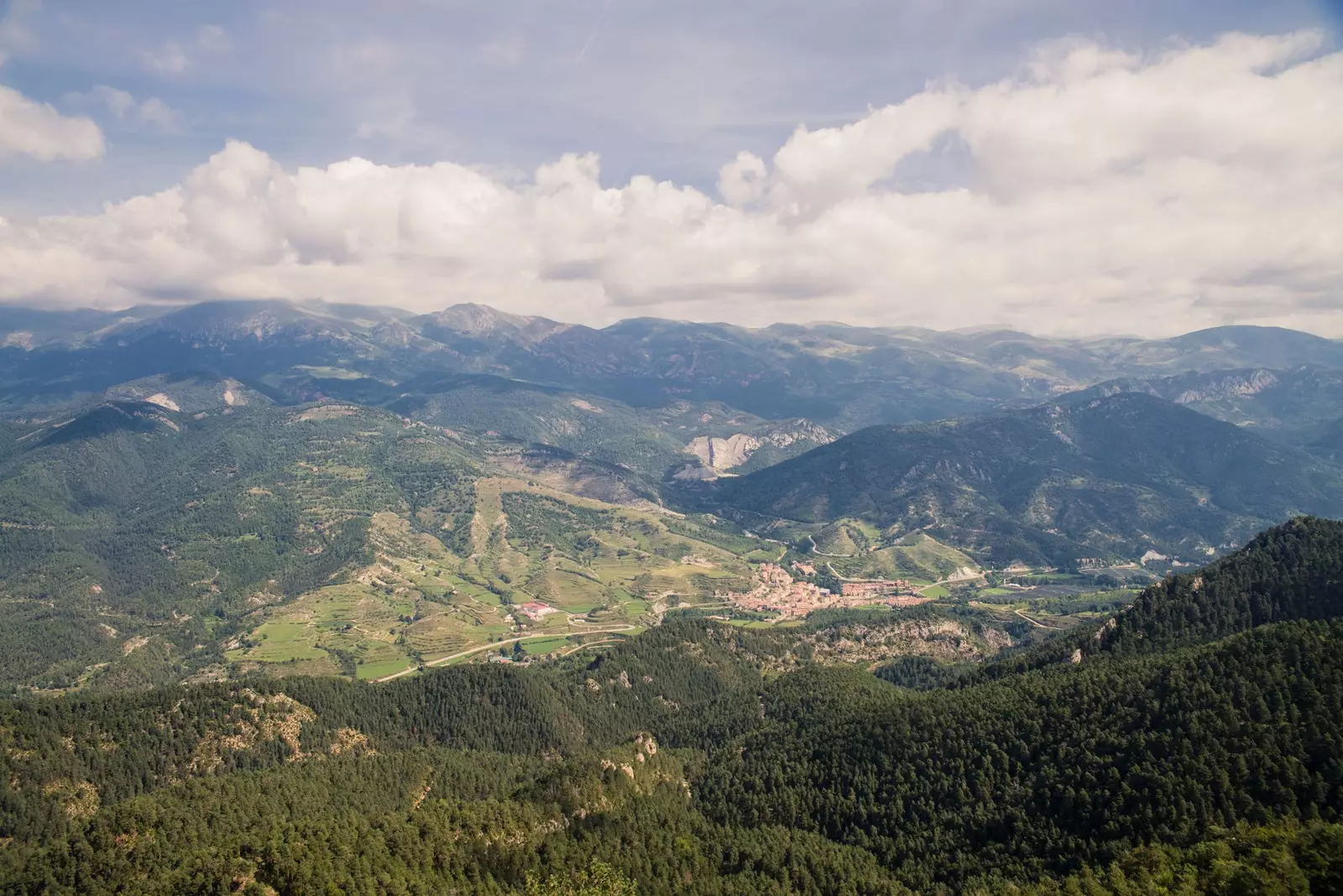
Serra de Catllaràs, La Pobla de Lillet.
